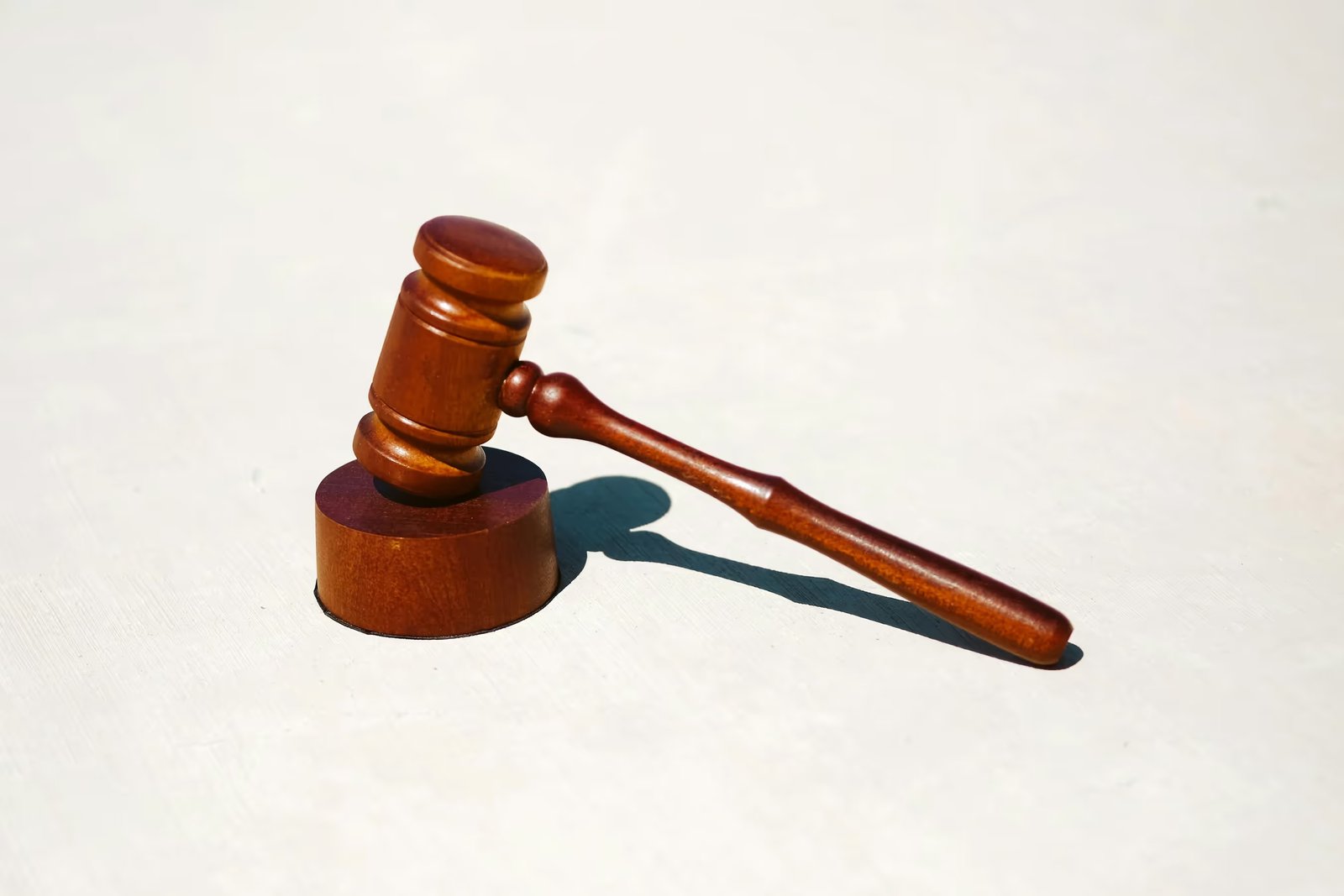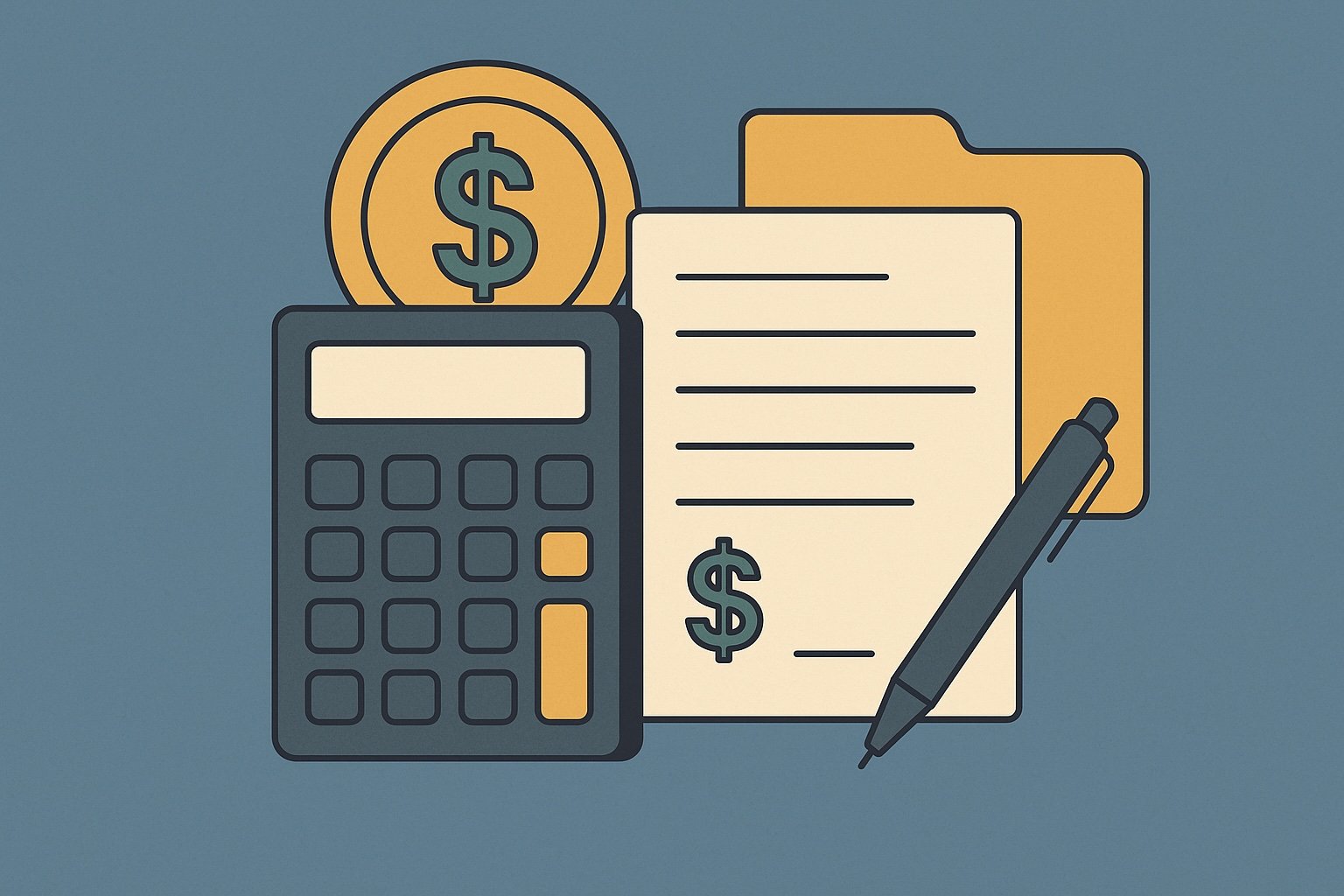Question
ARTE's Answer
When calculating depreciation on a property acquired through a 1031 exchange, it’s important to understand how the basis of the replacement property is determined and how depreciation is applied. The key concept here is the "carryover basis," which means that the basis of the relinquished property is transferred to the replacement property, with adjustments for any additional investment or gain recognized.
Let’s break this down step by step:
- Determine the Adjusted Basis of the Relinquished Property
- Start with the original purchase price of the relinquished property.
- Add any capital improvements made over the years.
- Subtract any depreciation taken on the property up to the point of the exchange.
- Calculate the Basis of the Replacement Property
- The basis of the replacement property is generally the adjusted basis of the relinquished property.
- If you invest additional cash or recognize any gain in the exchange, this will increase the basis of the replacement property.
- Depreciate the Replacement Property
- You continue to depreciate the carryover basis of the replacement property over the remaining recovery period of the relinquished property.
- If there is an excess basis (additional investment or recognized gain), this portion is treated as newly placed-in-service property and is depreciated over its own recovery period.
Example:
Let’s say you originally purchased a rental property for $300,000. Over the years, you made $50,000 in capital improvements and took $100,000 in depreciation. Your adjusted basis at the time of the exchange is $250,000 ($300,000 + $50,000 – $100,000).
You decide to exchange this property for a new property worth $500,000, using Deferred.com as your qualified intermediary. You also invest an additional $50,000 in cash to acquire the new property.
- Carryover Basis: The carryover basis from the relinquished property is $250,000.
- Additional Basis: The additional cash investment of $50,000 increases the basis of the replacement property.
- Total Basis of Replacement Property: $300,000 ($250,000 carryover basis + $50,000 additional investment).
For depreciation purposes:
- The $250,000 carryover basis continues to be depreciated over the remaining recovery period of the relinquished property.
- The $50,000 additional basis is treated as newly placed-in-service property and is depreciated over the appropriate recovery period for the type of property acquired.
Using Deferred.com as your qualified intermediary ensures that the exchange is structured correctly, allowing you to defer taxes and continue building wealth through strategic real estate investments.
By understanding how to calculate and apply depreciation in a 1031 exchange, you can maximize the tax benefits and financial returns of your real estate portfolio.
Have more questions? Call us at 866-442-1031 or send an email to support@deferred.com to talk with an exchange officer at Deferred.
Sources
- Deferring Losses On The Sale of Property Using 1031 Exchanges
- What To Do About Exchange Expenses in a Section 1031 Exchange? (Article)
- Rev. Rul. 2002-83 (Related Party Exchanges)
- Goolsby v. Commissioner
- Publication 946 (2023), How To Depreciate Property
- TAM 200039005 (Failed Reverse Exchanges)
- 1.168(i)–6 (IRS Code of Federal Regulations)
- 1.1250–3 (IRS Code of Federal Regulations)
1031 Question? Ask ARTE
Deferred's AI 1031 Research Assistant is trained on 8,000+ pages of US tax law and outperforms human CPAs by 22%+
CHAT NOW
Learn More
See more frequently asked questions about 1031 exchanges








